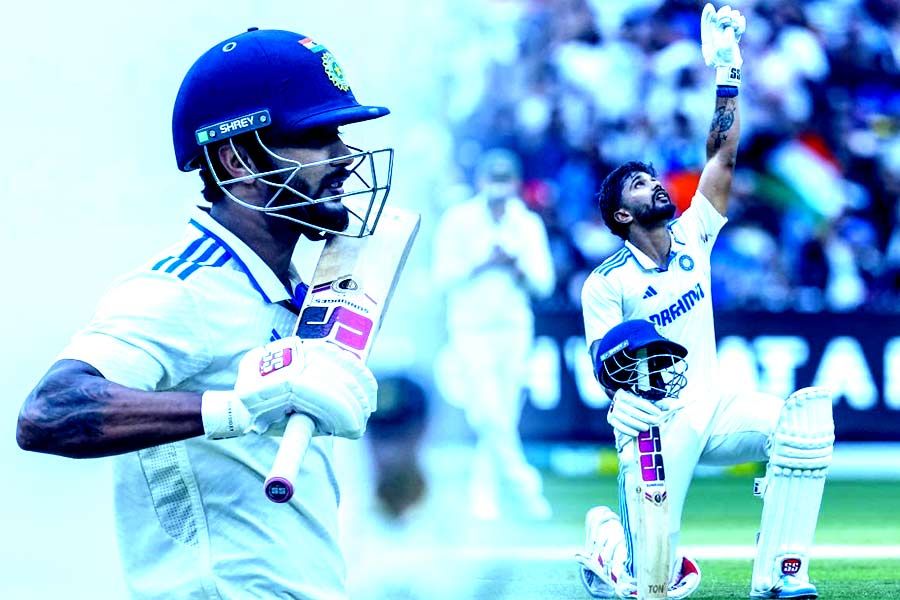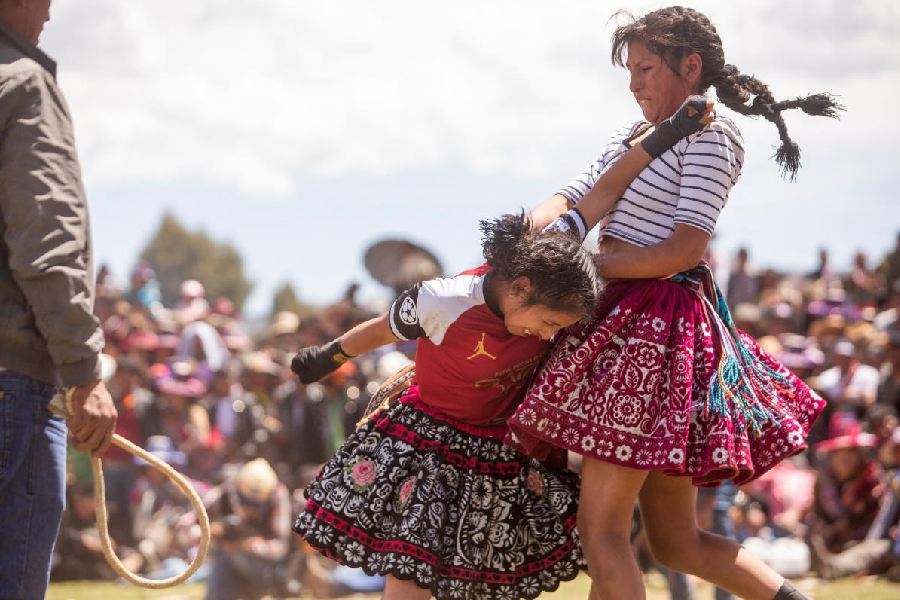When that hour arrives — promising the turning of seasons, bearing the faint whispers of the northern wind, pledging the assurance of blindinglight giving way to mellower days with lengthening shadows — my mind, too, turns towards the lives — the afterlives — of Shiji and Guji.
Shiji and Guji, as the reader may have guessed, are not flesh-and-blood mortals. They are ghosts, creatures that jostle for space with their spectral brethren on the pages of Leela Majumdar’s enchanting and evocative book, Shob Bhuture.
This year though, my pleasant ruminations on these two phantom brothers on the eve of Bhoot Chaturdoshi/Halloween late last month were rudely interrupted by a deluge of commentaries that seemed to be more vested in propagating the fearsome dimensions of the ‘Uncanny’ in Bengali lore. One article in a portal, while lamenting the disappearance of indigenous supernatural beings from the contemporary culturescape, supplemented the names, habits and habitats of Bengali ghosts with chilling textual descriptions and ghastly illustrations. The preponderance of fear-inducement was also palpable in an otherwise interesting article in ABC Asia that sought to resurrect mean-minded spirits — zombies, vampires and vengeful women — within the broader arc of Asian folklore in order to dig up points of convergence.
Where, I wondered, have those wondrous, almost humane and decidedly gentler, spirits brought to life by the likes of Leela Majumdar, Troilakyanath Mukhopadhyay, Rajshekhar Basu, Upendrakishore Ray Chowdhury et al retreated to?
The answer was provided by Tithi Bhattacharya’s excellent book, Ghostly Past, Capitalist Presence: A Social History of Fear in Colonial Bengal, which resists the predominant intellectual urge to look at the phantasmal as a duel between the rational and the irrational. Here, Bhattacharya, a historian and — confession time! — kin, provides an intriguing analysis of not only the role that Bengali ghosts and ghost stories have played in the constitution of the modern nation but also the impact of reason mediated by European science on this indigenous culture of spectrality. The answer to my query — the retreat/disappearance of Bengal’s relatively benign bhoots — seemed to lie in Bhattacharya’s location of a historical point of rupture in the organic connections that Bengal’s traditional ghosts had shared with the larger milieu. Bhattacharya argues that “… older ghosts [did] not simply disappear with the coming of more enlightened times but acquire[d] specific locations within a new cartography of beliefs… this mapping was a process by which a heterogeneous mental world of belief — teeming with Beings with multiple faith-worlds — was striated into two strictly separate classificatory categories of Religion and Superstition/Magic. This harsh striation of belief was… necessary for processes of class formation, and ultimately, for one particular class to craft its own view of the future nation.”
Two striking points made by Bhattacharya have contemporary resonance. The roots of the modern discourse — social and, especially, fictional — on Bengal’s ghosts can be traced back to the fecund epoch of the nineteenth century that had witnessed numerous commentaries, albeit of uneven quality, on spirits. Rajendralal Mitra’s study, “Bhoutik Byapar”, in his journal, Bibidartha Sangraha (1857), Reverend Lal Behari Day’s detailed genealogy of the types of ghosts in Govinda Samanta or the History of a Bengal Raiyat, an ethnographic novel about rural Bengal and, later, Ashutosh Mukhopadhyay’s Bhut Petni, a collection of stories that catalogued the pursuits of these apparitions, reflected a larger interest — reawakening — in traditional ghosts. What is of importance is Bhattacharya’s contention that this surge in interest in the ghosts of yore was the function of richly complicated social and historical processes. She identifies the root of the engagement with ghostly phenomenon in particular and folk culture in general as a collective search for ‘authenticity’ on the part of the bhadralok that had been brought about as a result of the crisis of colonialism — “By the middle of the century, dreams of prosperity under a benevolent government had begun to fade for the Bhadralok gentry. Growing evidence of British racism was combined with an increasing awareness that the Bengalis had been systematically pushed out of all areas of capital accumulation. Thus, despite fervent vows of loyalty by the Calcutta gentry during the uprising, hopes of improvement under the British had begun to sour for the new generation of the educated upper classes. The initial representation of this disillusionment was in depicting the present as disarticulated and immoral. But this… binary polarization of time into a congenial past (sekal) and an apocalyptic present (ekal) was eventually resolved… through a new mode of historicization. From the 1870s onward there was a renewed effort on the part of the upper-class Bhadralok to ‘recover’ an authentic Bengali tradition, that which had apparently survived uncontaminated by British influence in particular and modernity in general.”
This spirited (pun intended) search for the authentic Bengali ghost (past), Bhattacharya contends, was, equally, the result of nineteenth-century Bengal’s encounter with a rising modernity. She captures this tense, even searing, moment engagingly through the transformation of the fate of the Brahmadaitya that had cast its tall shadow on the mind of a young Rabindranath as is evident from Tagore’s autobiography, Chelebela. Bhattacharya writes: “The ghost [Brahmadaitya] here is clearly tied up with a childhood world of safety, stable assurances, and simple beliefs”; but “… For the child Rabindranath, [the flight of the Brahmadaitya] takes away with him an older world of companionable Beings and leaves behind a harshly lit and rootless modern… Weberian world of disenchantment.”
But the premodern ghost — thankfully — did survive the modern. Though striated, as noted by Bhattacharya, they clung on to the margins of Bengali cultural consciousness, to be occasionally roused by the magical pen of Leela Majumdar and others.
Could our annual, ritual invocation of the supernatural around Bhoot Chaturdoshi/Halloween be a signifier of yet another encounter — this time between the premodern ghost and a post-rational world? The unfolding results of such a moment of contact must not be ignored by cultural historians and analysts.
Is the post-rational — a world where unreason and its attendant ogres distort truth — succeeding in transforming Bengal’s gentle spectres into malevolent entities, such as the ones that are being disseminated with fervour by the agents of popular culture on these calendar days? Or will Shiji and Guji emerge triumphant, nailing the lie that is post-truth by encouraging their corporeal brothers — mankind — to embrace the spirit of truth and justice just as they did in Shob Bhuture?
Whatever the outcome of this clash, there can be no doubting the fact that the bhadralok bhoot, even in retreat, signify a spirit of feisty resistance in this time and age.











